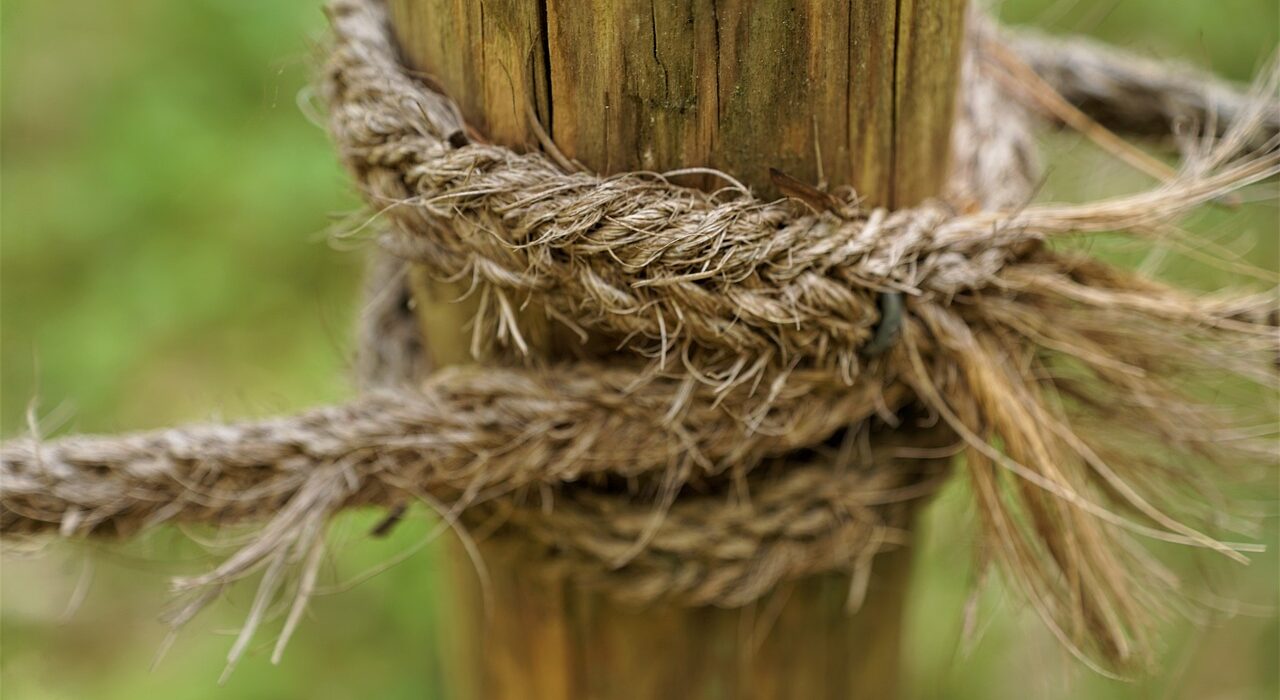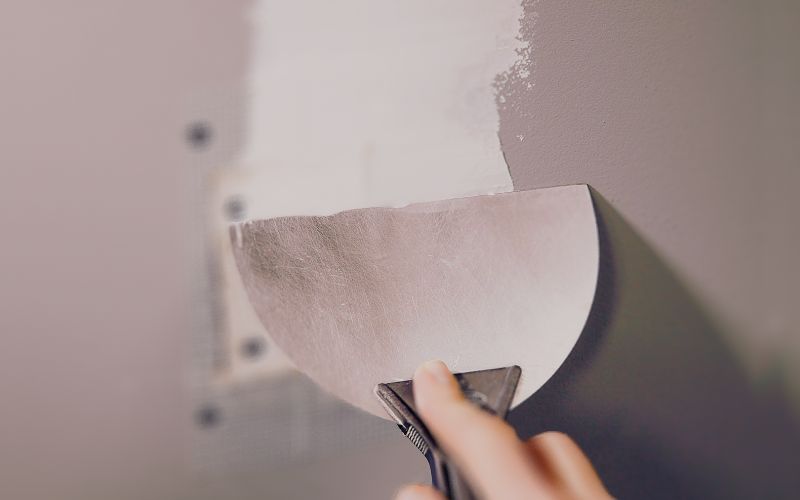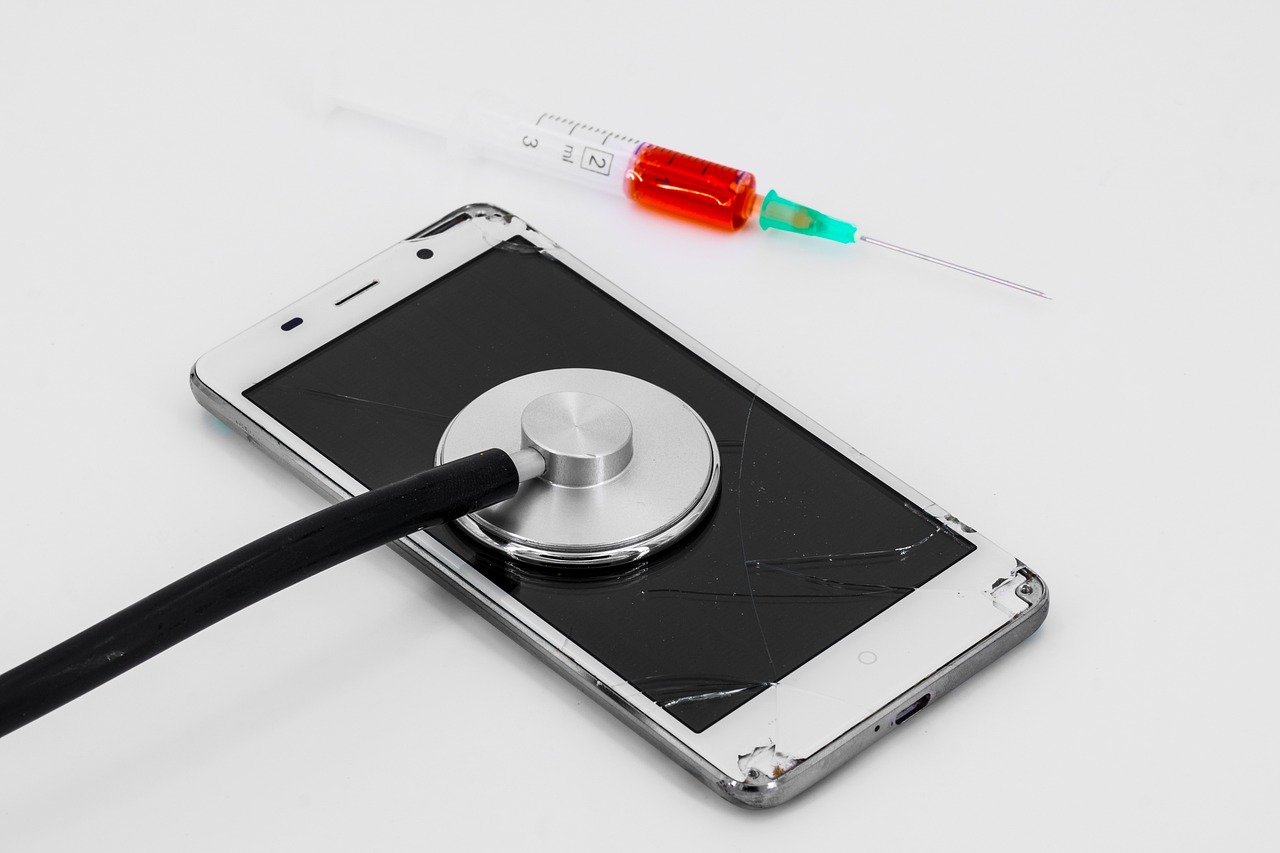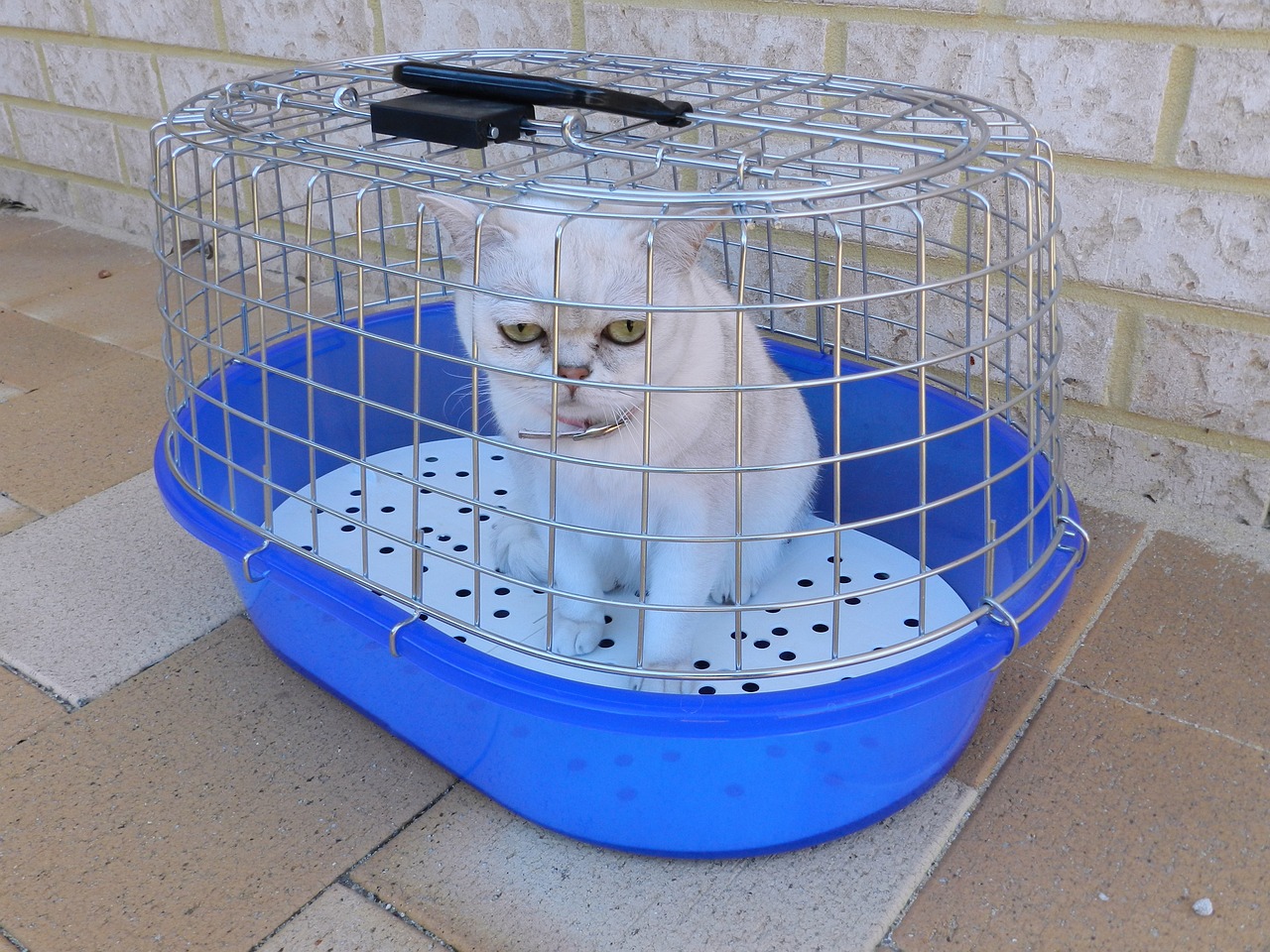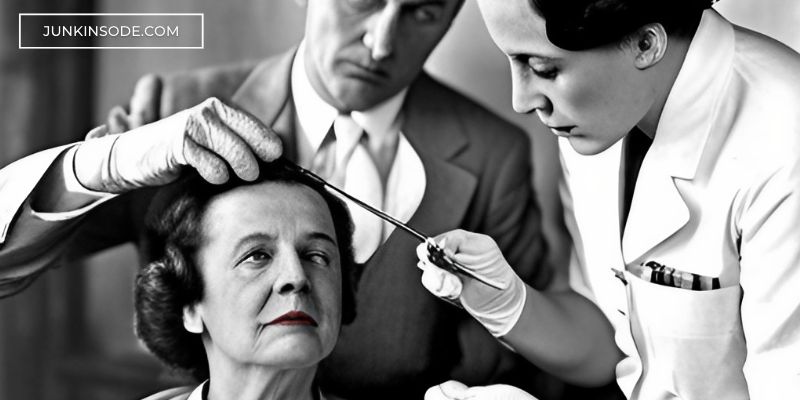Beautiful, healthy hair is something we all desire. However, with styling products, heat tools, chemical treatments, and environmental factors, it can be difficult to maintain the health of our locks. Hair damage is a common issue faced by many individuals, but understanding the causes and types of damage can help with prevention and treatment. Furthermore, incorporating suitable ingredients and treatments into our hair care regimen, making changes to our diet and lifestyle habits, and following specific tips and tricks can significantly improve the health and appearance of our hair. In this blog post, we will discuss the causes and types of hair damage, ways to repair it effectively, methods for nourishing our hair, and ways to prevent future damage. So, let’s get started on the journey to healthier, happier hair!
Understanding Hair Damage: Causes And Types
Understanding hair damage is an important step towards healthier hair. If not taken care of properly, damaged hair can lead to split ends, breakage, and even hair loss. There are several causes of hair damage, ranging from overuse of styling tools to environmental factors like sun damage and pollution. Knowing the causes can help you pinpoint what changes need to be made to your hair care routine to prevent further damage.
The most common types of hair damage include heat damage, chemical damage, and mechanical damage. Heat damage occurs when excessive heat is applied to the hair, resulting in dry and brittle strands. Chemical damage, on the other hand, is caused by harsh chemicals like relaxers, perms, and hair dyes breaking down the hair’s structure. Mechanical damage is caused by things like tight hairstyles, brushing too hard, or using hair elastics that are too tight.
| Causes of hair damage: | Types of hair damage: |
|---|---|
|
|
It’s important to note that not all types of hair damage are permanent. With the right care and treatments, damaged hair can be repaired. One of the most effective ways to repair damaged hair is through the use of hair masks and deep conditioners. Look for products containing ingredients like keratin, argan oil, and shea butter, which can help strengthen and moisturize the hair.
To prevent further damage, it’s important to limit the use of hot styling tools, avoid tight hairstyles, and protect your hair from environmental factors. Additionally, incorporating essential vitamins and minerals into your diet, such as biotin and folic acid, can help nourish and strengthen your hair from within.
In conclusion, understanding the causes and types of hair damage can help you take the necessary steps to prevent and repair damaged hair. By incorporating hair repair treatments into your routine and making lifestyle changes to support healthy hair, you can achieve strong and luscious locks.
Repairing Hair Damage: Ingredients And Treatments
Having damaged hair can be a real bummer. Whether it’s from heat styling, chemical treatments, or just general wear and tear, damaged hair can leave you feeling less than confident. Fortunately, there are a number of ingredients and treatments that can help repair and revitalize your hair, leaving it looking and feeling healthy once again.
Protein is one of the most important ingredients when it comes to repairing damaged hair. Hair is made up of protein, so adding more protein to your hair can help strengthen and rebuild it. Look for products that contain ingredients like keratin or hydrolyzed wheat protein to give your hair a boost.
| Treatment | Description |
|---|---|
| Deep conditioning | Using a deep conditioning treatment once a week can help nourish and strengthen your hair. Look for products with natural oils like coconut or jojoba, or ingredients like shea butter, which can help hydrate and repair. |
| Hot oil treatments | Hot oil treatments can help penetrate your hair shaft and nourish from within. Try using natural oils like coconut or olive oil, and warm them slightly before applying to your hair. Cover your hair with a shower cap and leave on for 30 minutes before rinsing. |
| Scalp treatments | A healthy scalp is key to healthy hair. Look for scalp treatments that contain ingredients like tea tree oil or aloe vera, which can help soothe and balance your scalp. A healthy scalp can help promote healthy hair growth and prevent future damage. |
Vitamins can also play an important role in repairing damaged hair. Vitamins like A, C, and E can help nurture your hair from the inside out. Look for supplements or foods that are rich in these vitamins, or try using a hair care product that contains them.
Moisture is another important factor when it comes to repairing damaged hair. Dry, brittle hair is more prone to breakage and damage, so keeping your hair hydrated is key. Look for products that contain ingredients like glycerin, which can help draw in moisture, or humectants like honey or aloe vera, which can help retain moisture.
Ultimately, repairing damaged hair is all about finding the right ingredients and treatments that work for you. Experiment with different products and see what works best for your hair type and level of damage. With a little patience and the right approach, you can restore your hair to its former glory and enjoy healthy, beautiful tresses once again.
Nourishing Hair: Diet And Lifestyle Changes
A lot of people spend so much money on hair products to fix the problem of damaged hair. However, what they don’t realize is that the problem could be stemming from their diet and lifestyle. Nourishing your hair from the inside out can make a significant difference in the health of your hair. Here are some ways to do it:
| Foods To Eat: | Foods To Avoid: |
|---|---|
|
|
Eating a balanced diet, with the right vitamins and minerals, can help to promote hair growth and hair repair. Vitamins such as vitamin A and C, and minerals such as zinc and iron, can be found in the foods listed above. Furthermore, staying hydrated is also important for healthy hair growth. By drinking lots of water, you can prevent hair from becoming dry and brittle.
In addition to your diet, your lifestyle habits can also impact the health of your hair. Stress can cause hair to fall out or become thin. Therefore, finding ways to manage stress, such as exercise or meditation, can help promote hair growth. Getting enough sleep is also essential. When you don’t get enough rest, your body doesn’t have the chance to repair and rebuild itself, including your hair.
It can take time for these changes to show up in your hair, but by making these simple changes to your diet and lifestyle, you can promote healthy hair growth and prevent future damage to your hair.
Preventing Future Damage: Hair Care Tips And Tricks
Preventing Future Damage: Hair Care Tips And Tricks
Having damaged hair can be frustrating, but preventing future damage is key to maintaining healthy hair. Here are some tips and tricks to help keep your locks in great condition:
- Invest in quality hair care products: Using cheap products can lead to further damage to your hair. Instead, consider investing in quality products that are specifically designed to repair and protect damaged hair.
- Avoid excessive heat styling: Heat styling tools like flat irons and curling wands can cause serious damage to your hair over time. Try to limit your use of these tools and always use a heat protectant spray beforehand.
- Don’t over-wash your hair: Washing your hair too often can strip it of its natural oils, leading to dryness and damage. Try to stick to washing your hair every other day or every two days if possible.
Another way to prevent future damage is to make sure you’re nourishing your hair from the inside-out. This means eating a balanced diet with plenty of vitamins and nutrients that are essential for healthy hair. You may want to consider adding a hair supplement to your routine as well.
| Key Ingredients For Hair Repair: | Treatment Options: |
|---|---|
| Keratin: Helps to strengthen hair and reduce breakage. | Deep Conditioning: Regular deep conditioning treatments can help repair damaged hair over time. |
| Collagen: Helps to improve hair elasticity and prevent breakage. | Protein Treatments: Protein treatments can help to strengthen and protect hair from future damage. |
| Argan Oil: Helps to moisturize hair and reduce frizz. | Leave-In Conditioner: Using a leave-in conditioner can help to protect hair from environmental damage and keep it moisturized throughout the day. |
By following these hair care tips and using the right ingredients and treatments, you can prevent future damage and keep your locks looking and feeling their best.



